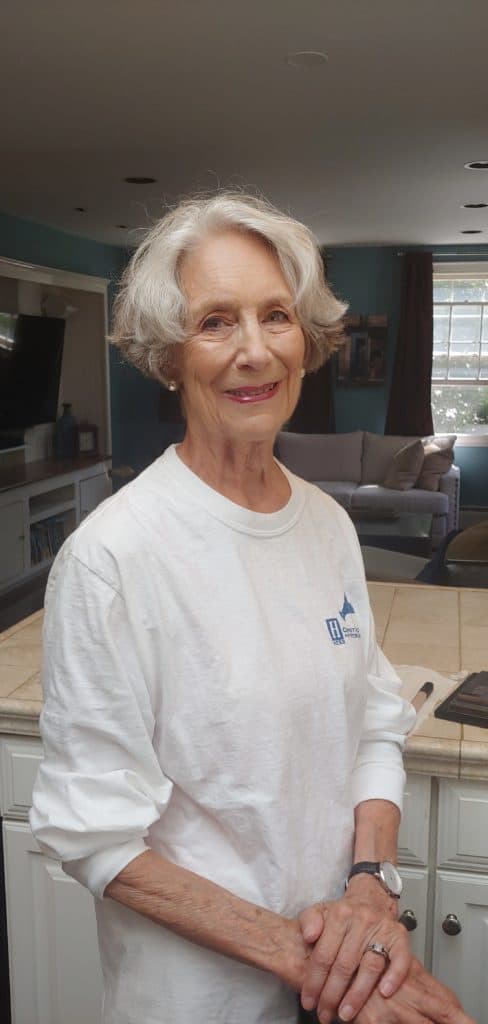New York Times berichtet über die „Einsamkeit“ von FTD

EIN Artikel der New York Times veröffentlicht am 7. November beschreibt die Auswirkungen von FTD auf diagnostizierte Personen und ihre Pflegepartner anhand der Geschichte der AFTD-Freiwilligen Sandy Karger (oben abgebildet) und ihr Ehemann Bob, der mit FTD lebt.
In dem Artikel beschreibt die Autorin Sara Manning Peskin, MD, eine Fellow in kognitiver Neurologie an der University of Pennsylvania, Bobs FTD-Reise – und beschreibt in Worten die Entwicklung der Symptome, die 2007 zu seiner Diagnose durch Dr. Murray Grossman führten. Der Artikel enthält einen Kommentar von Dr. Grossman, dem Direktor des Frontotemporal Dementia Center der UPenn und Mitglied des Medical Advisory Council der AFTD, über die neuen wissenschaftlichen Erkenntnisse zu FTD und Genetik.
Peskin beschreibt außerdem ihren Besuch in der Selbsthilfegruppe, die Sandy für FTD-Betreuungspartner mitleitet, und bietet so einen Einblick aus erster Hand in die Belastung, die diese Krankheit für diejenigen bedeutet, die lernen, mit ihren Herausforderungen umzugehen.
„Die Selbsthilfegruppe ist hilfreich, denn das kann einen sehr einsam machen“, sagt Sandy in dem Artikel.
Klick hier Lesen Sie den vollständigen Artikel auf der New York Times' Website. Es bietet sowohl diagnostizierten Personen als auch Pflegepartnern eine einzigartige Perspektive auf das Leben mit FTD und wir ermutigen Sie, es in den sozialen Medien zu teilen, um das Bewusstsein zu schärfen.
Nach Kategorie
Unsere Newsletter
Bleib informiert
Melden Sie sich jetzt an und bleiben Sie mit unserem Newsletter, Veranstaltungsbenachrichtigungen und mehr auf dem Laufenden …
